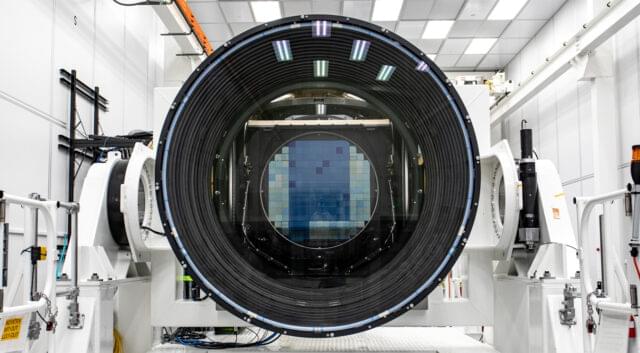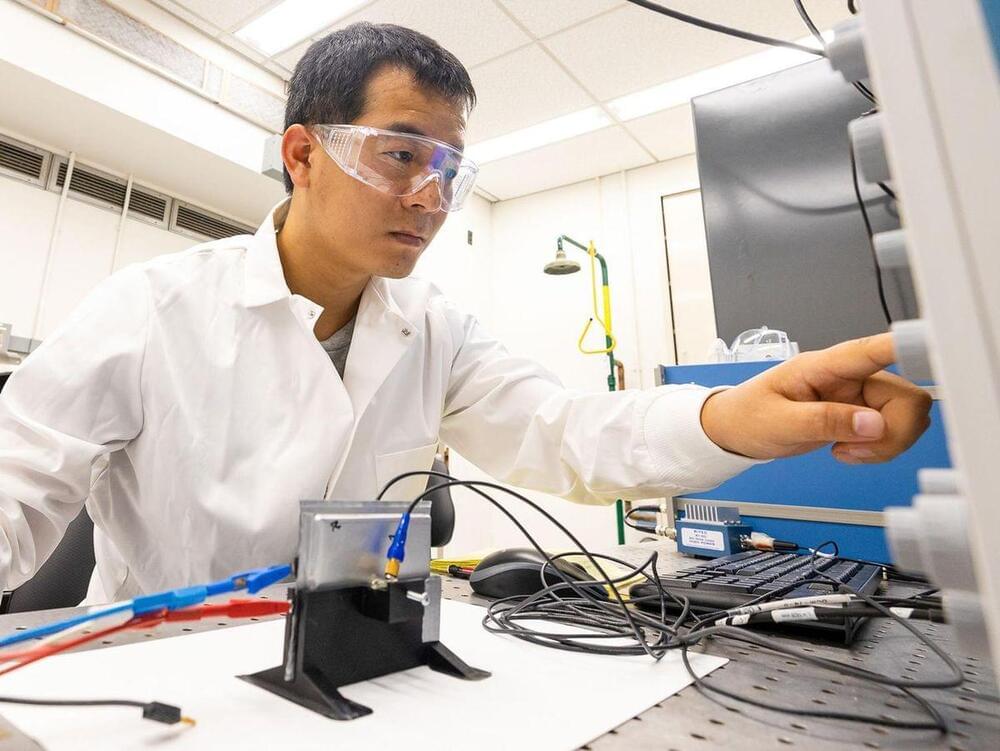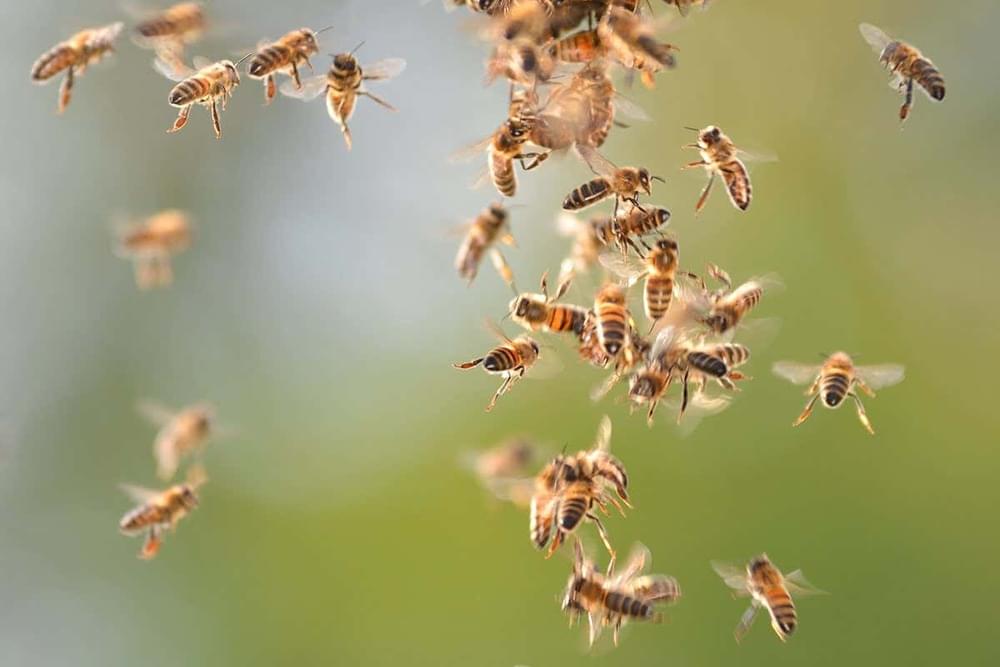In February 2019, JQI Fellow Alicia Kollár, who is also an assistant professor of physics at UMD, bumped into Adrian Chapman, then a postdoctoral fellow at the University of Sydney, at a quantum information conference. Although the two came from very different scientific backgrounds, they quickly discovered that their research had a surprising commonality. They both shared an interest in graph theory, a field of math that deals with points and the connections between them.
Chapman found graphs through his work in quantum error correction —a field that deals with protecting fragile quantum information from errors in an effort to build ever-larger quantum computers. He was looking for new ways to approach a long-standing search for the Holy Grail of quantum error correction: a way of encoding quantum information that is resistant to errors by construction and doesn’t require active correction. Kollár had been pursuing new work in graph theory to describe her photon-on-a-chip experiments, but some of her results turned out to be the missing piece in Chapman’s puzzle.
Their ensuing collaboration resulted in a new tool that aids in the search for new quantum error correction schemes—including the Holy Grail of self-correcting quantum error correction. They published their findings recently in the journal Physical Review X Quantum.








